-
×

-
×
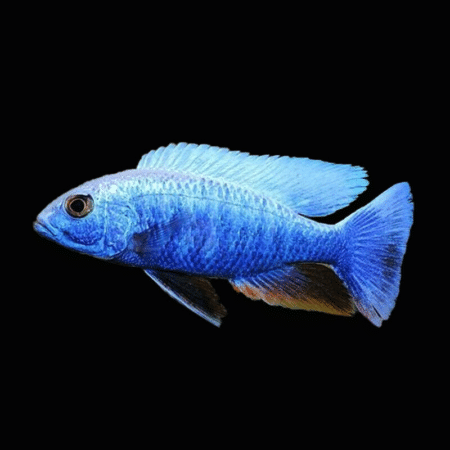
-
×

-
×
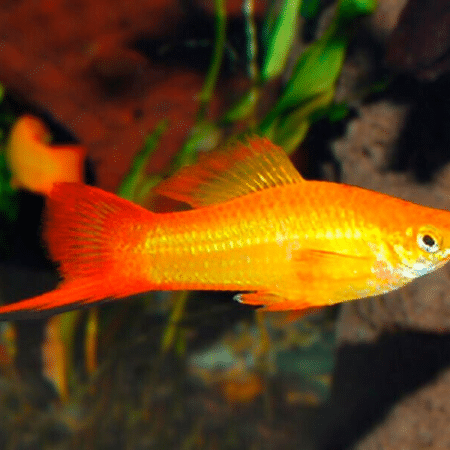
-
×

Subtotal: £77.67

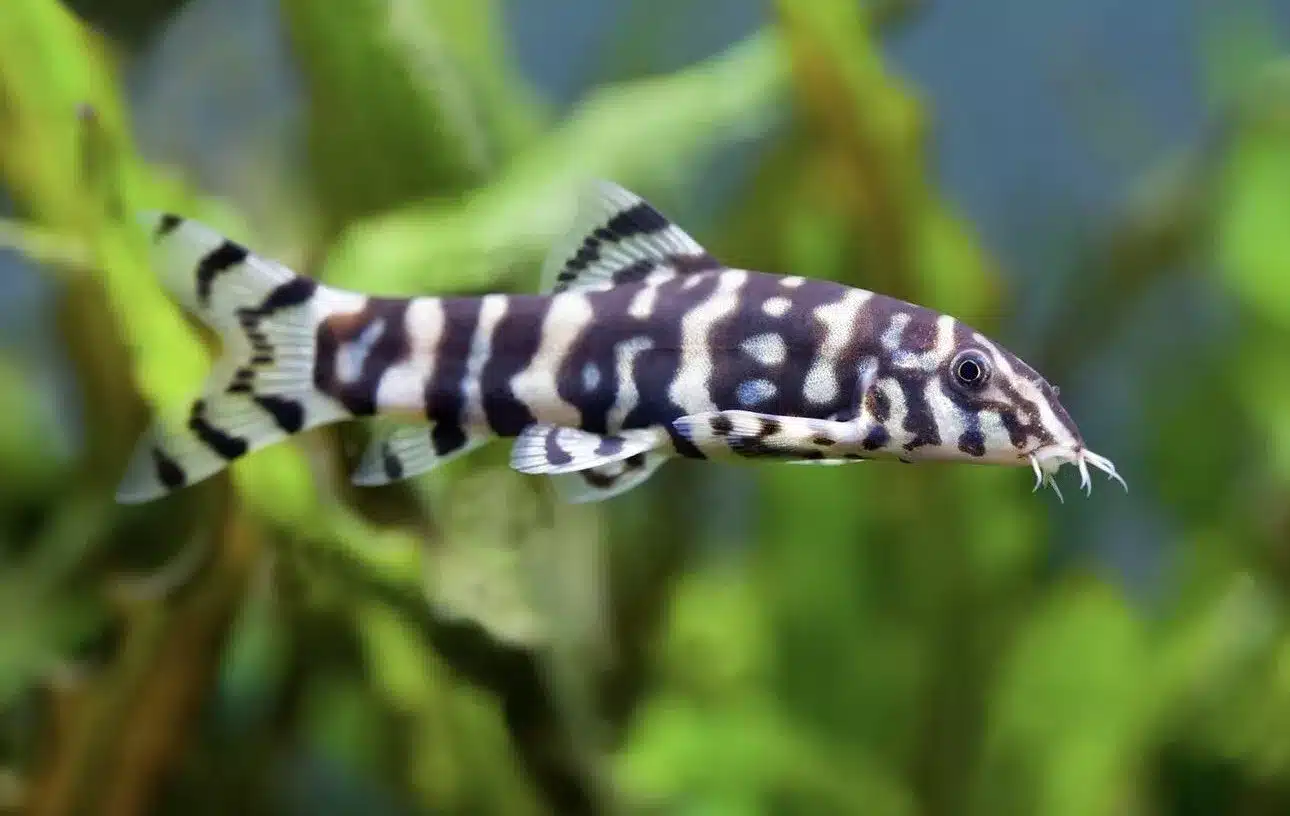




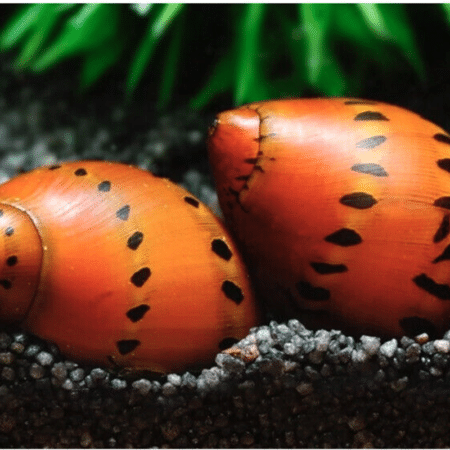
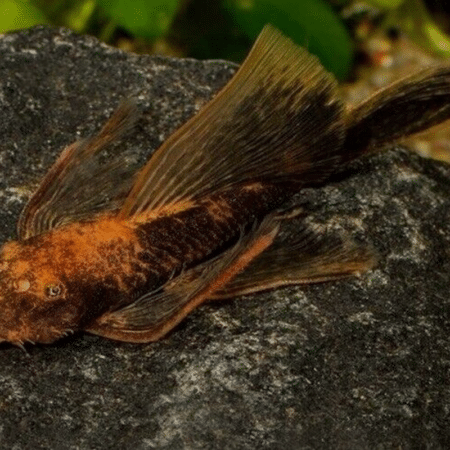



Emily Roberts (verified owner) –
I recently added 4 Yoyo Loaches to my 75-gallon freshwater tank, and I couldn’t be happier! These little guys are not only beautiful with their striking patterns, but they also have such charming personalities. After just a week, I noticed a significant reduction in algae, which is a huge plus for maintaining water quality. They love to explore and play, making them active bottom dwellers that keep the tank lively.
Compared to other algae eaters I’ve tried, like otocinclus, these Yoyo Loaches are much more interactive and social. They do a great job at cleaning up leftovers and seem to enjoy the company of my other tropical fish. However, I did notice that they appreciate some hiding spots, so I added a few caves, which they absolutely love!
If you’re considering adding some freshwater fish to your tank, I highly recommend these Yoyo Loaches. They’re perfect for anyone looking to brighten up their aquarium while helping with algae control. Just be sure to provide them a suitable environment, and you’ll have happy, healthy fish for years to come!